Table of Contents
Quality Service Guarantee Or Painting Free

Get a rental agreement with doorstep delivery

Find the BEST deals and get unbelievable DISCOUNTS directly from builders!

5-Star rated painters, premium paints and services at the BEST PRICES!
Loved what you read? Share it with others!
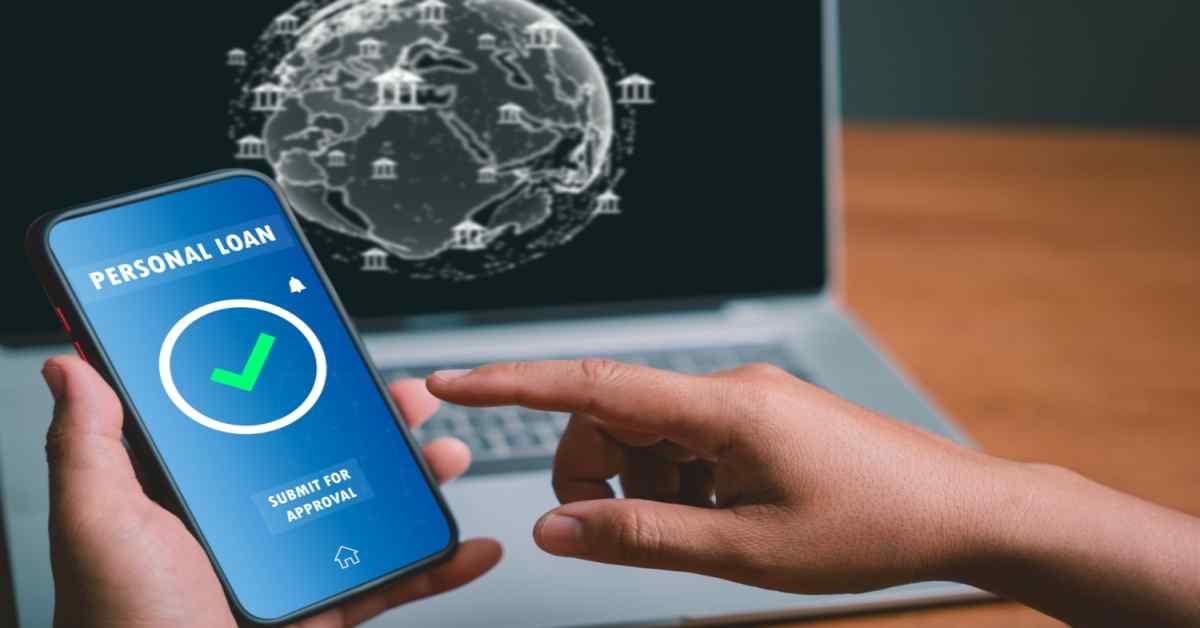

Submit the Form to Unlock the Best Deals Today
Help us assist you better
Check Your Eligibility Instantly

Experience The NoBrokerHood Difference!
Set up a demo for the entire community
Personal Loans for Self-Employed: The Ultimate Guide to Getting Approved
Table of Contents
Being self-employed offers freedom and flexibility, but it can also mean irregular income. When unexpected expenses arise, securing funds can feel like a hurdle. This guide explores how personal loans for self-employed individuals can bridge financial gaps and empower you to take control of your cash flow.
Personal Loan Eligibility for Self-Employed Borrowers
Obtaining a loan as a self-employed individual requires providing documentation to verify your business stability, credit score, and income verification. The bank may require self-employed personal loan applicants to have a specified minimum income, which can vary by location. Here's a breakdown of the documents you'll likely need:
1. KYC Documents:
- Photo Identity Proof: Passport, Voter ID, PAN Card, Driving Licence, Aadhar Card (or equivalent government-issued ID)
- Address Proof: Passport, Aadhaar Card, Utility Bill, Ration Card, Driving Licence (or equivalent documents).
2. Business Existence and Stability:
- Business Registration Documents: Tax registration copy, Company registration licence, Shop establishment proof (depending on your business structure)
3. Income Verification:
- Income Tax Returns: For the previous 2-3 years, including Income Computation, audit report (if applicable), balance sheet, and profit and loss account. Financial documents that show stability of income will help you easily get a Personal Loan for self-employed.
- Bank Statements: Savings and current account statements for the past 6 months to 1 year. The bank may also require self-employed individuals to be in business for a certain amount of time. Many instant loan apps lend instant loans without documents for self-employed. However, you may require additional documents depending on the type of profession you practise and your organisational set-up.
Additional Personal Loan Documents Required for Self-Employed (may vary by lender):
- Proof of Residence Ownership (property documents, utility bills)
- Proof of Office Address and Ownership (if applicable)
- Proof of Investment (if any)
Personal Loan Interest Rates for Self-Employed
Personal loan interest rates for the self-employed can vary depending on several factors, but generally, they tend to be higher than rates for salaried borrowers. This is because lenders perceive self-employed borrowers as a higher risk, due to the potential for fluctuating income.
Quality Service Guarantee Or Painting Free

Get a rental agreement with doorstep delivery

Find the BEST deals and get unbelievable DISCOUNTS directly from builders!

5-Star rated painters, premium paints and services at the BEST PRICES!
Below are some useful details about our NB InstaCash Loan:
| Loan Amount | ₹10 Lacs |
| Interest Rate | Starting from 12.99% |
| Disbursal | Instant approval and disbursement |
Factors Affecting Interest Rates for the Self-Employed:
- Credit score: As with any loan, your credit score is a major factor influencing the interest rate you'll be offered. A higher credit score will qualify you for a lower interest rate.
- Income stability: Lenders prefer a history of steady income. If you demonstrate consistent income over time, you'll be seen as a less risky borrower and may qualify for a better rate.
- Loan amount: Smaller loan amounts typically come with higher interest rates. While traditional lenders may require more time for approval, exploring options for urgent personal loans for amounts like ₹10,000, ₹20,000 or even ₹50,000 is still possible.
- Loan term: Shorter loan terms (less time to repay) often come with lower interest rates.
How to Apply for Personal Loan for Self-Employed
The process of applying for a personal loan as self-employed can be similar to salaried applicants, but with some extra requirements to prove your income stability. Here's a general guideline:
1. Check Eligibility:
- Most lenders require you to be a certain age (usually 18 or 21) and a resident Indian citizen.
- Minimum income requirements may apply, and they can vary by lender.
- You'll need to be in business for a minimum period, which can also vary by lender. You may require additional documents depending on the type of profession you practise and your organisational set-up.
2. Gather Documents:
Besides standard KYC documents (PAN, ID proof, address proof), you'll need documents for your business:
- Proof of Business Existence: Registration certificates, business licences etc.
- Income Proof: Income tax returns (ITR) for the past 2-3 years, Profit and Loss statements, and bank statements showing business income.
3. Apply for the Loan:
You can apply online through the lender's website or app, or visit a branch in person. The online process is usually faster and more convenient.
4. Loan Approval and Disbursement:
The lender will assess your application and creditworthiness. This might involve a verification of your business and income documents. Once approved, the loan amount will be transferred to your bank account.
Finding the Right Loan
While lenders may offer personal loans for self-employed without salary slips some options consider alternative income verification methods. Here's how to find the best loan for you:
Consider Alternative Lenders:
- Non-Banking Financial Companies (NBFCs): These institutions are more flexible than traditional banks and may consider alternative income verification methods, such as bank statements showing business deposits or income tax returns with lower taxable income.
- Online Lenders: Many online lenders cater specifically to self-employed borrowers and may have less stringent requirements for income verification.
Compare Rates and Terms:
Don't just focus on the interest rate; consider other factors like origination fees, late payment penalties, and prepayment penalties. Use online loan comparison tools to quickly compare rates and terms from multiple lenders.
Personal Loan Options for Self-Employed Borrowers
- Secured Personal Loans: Backed by collateral, such as a car or property, these loans often come with lower interest rates.
- Line of Credit: This functions like a credit card with a revolving credit limit you can tap into as needed.
- Small Business Loans: If the loan purpose is business-related, a small business loan might be suitable, though eligibility requirements can be stricter.
Instant Personal Loans:
While the concept of instant approval is attractive, be cautious of lenders offering instant personal loans with minimal checks. These loans may come with very high-interest rates and unfavourable terms.
Loans with Low CIBIL Score:
Having a low credit score doesn't necessarily disqualify you for a personal loan. However, you'll likely face higher interest rates. Here are some ways to improve your chances of getting approved:
- Build your credit history: Use credit cards responsibly and pay bills on time.
- Consider a co-signer: Having a co-signer with good credit can strengthen your application.
- Apply for a smaller loan amount: Smaller loan amounts are seen as less risky by lenders.
How NoBroker Can Help
Securing a personal loan for self-employed individuals requires extra planning but offers the opportunity to cover unexpected expenses or fund business needs. By understanding the process, considering alternative lenders, and comparing rates, you can find the right personal loan for self-employed borrowers that fits your financial situation.
Still, struggling with not finding the right personal loan? NoBroker InstaCash is one of the fastest instant loan apps and stands as a reliable & efficient companion for those seeking instant cash solutions. With its user-friendly features, substantial borrowing limit, and commitment to transparency, NoBroker InstaCash is more than just a loan app – it’s a financial ally in times of need. Download the NB InstaCash app or visit the website today!
Frequently Asked Questions
Ans: While traditional banks might require ITRs, some options exist. Consider non-banking financial companies (NBFCs) or online lender apps like NB InstaCash app, NIRA or Moneyview which accept alternative income verification like bank statements showing business deposits.
Ans: It's possible, but expect higher interest rates. Improve your chances by building a credit history, having a co-signer with good credit, or applying for a smaller loan amount.
A: The concept of "instant" approval often comes with a catch. Be cautious of lenders offering minimal checks, as these loans may have very high-interest rates and unfavourable terms. Consider apps like NB InstaCash, NIRA, Moneyview or Kreditbee for the instant loan for self-employees.
Ans: In addition to standard KYC documents (PAN, ID proof, address proof), you'll typically need proof of business existence (registration certificates, licences) and income verification (past tax returns, bank statements showing business income).
Ans: Yes, but it depends on your credit score, income stability, and the loan amount. Generally, a higher credit score, demonstrably steady income, and a smaller loan amount will qualify you for a better interest rate.
Recommended Reading

How to Get a ₹50,000 Loan Without a Salary Slip: Fast Approval and Easy Documentation Process
January 31, 2025
117+ views

₹50,000 Personal Loan on PAN Card: Instant Approval, and Quick Disbursement in 2025
January 31, 2025
98+ views
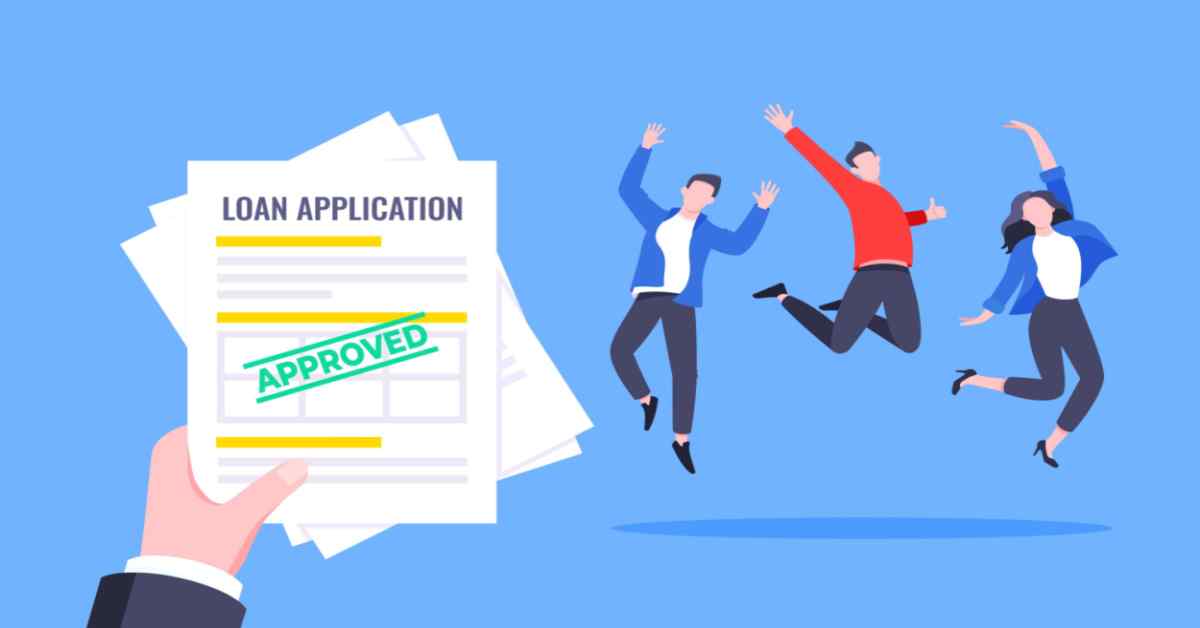
Instant ₹5000 Loan: Easy Application Procedure
January 31, 2025
32323+ views
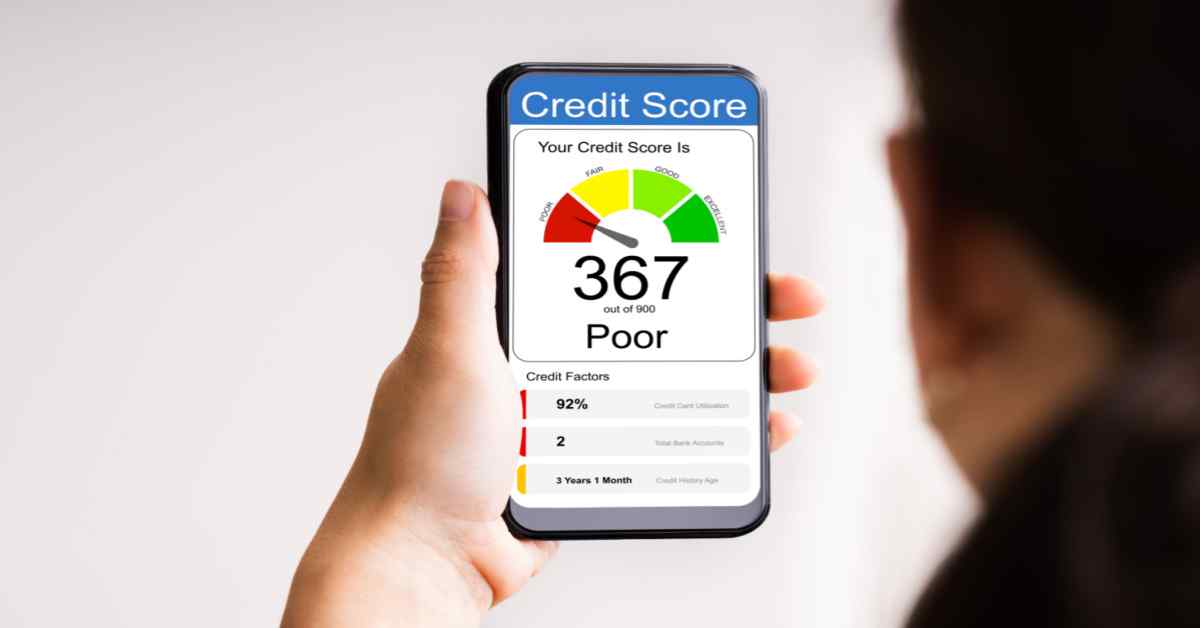
How to Get Urgent Loans for Bad Credit in India with Quick Approval in 2025
January 31, 2025
11363+ views
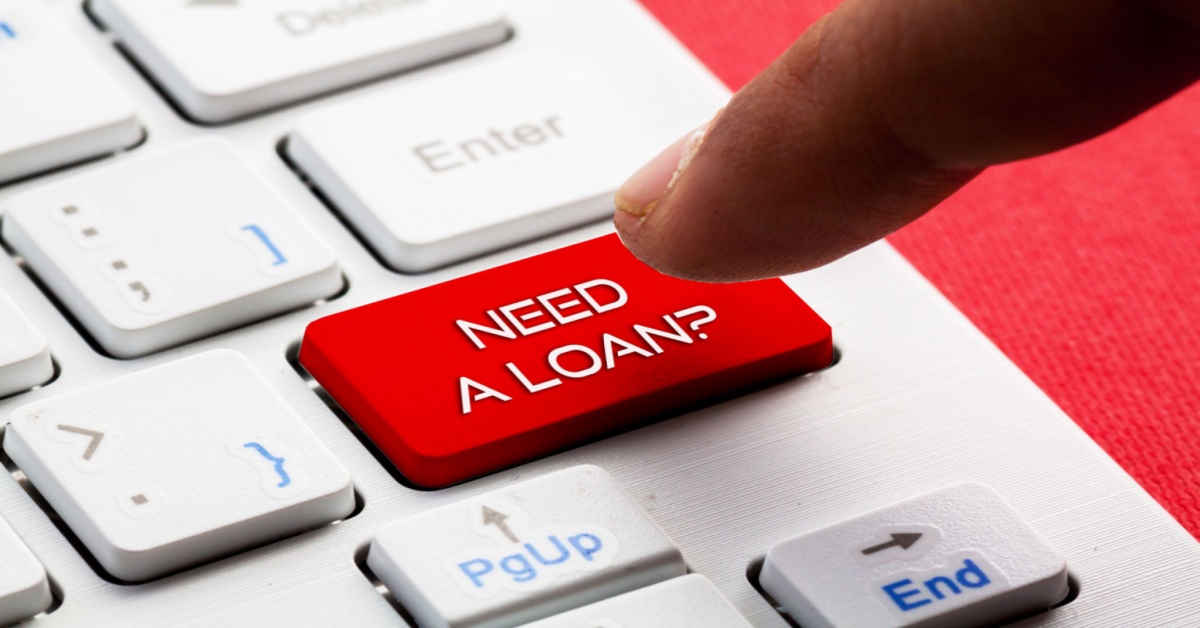
Compare Top NBFCs for Personal Loans
January 31, 2025
3405+ views
Loved what you read? Share it with others!
Most Viewed Articles

7 Days Loan Apps List in India: 10 Best Loan Apps for Instant Cash in 2025
January 8, 2025
75397+ views
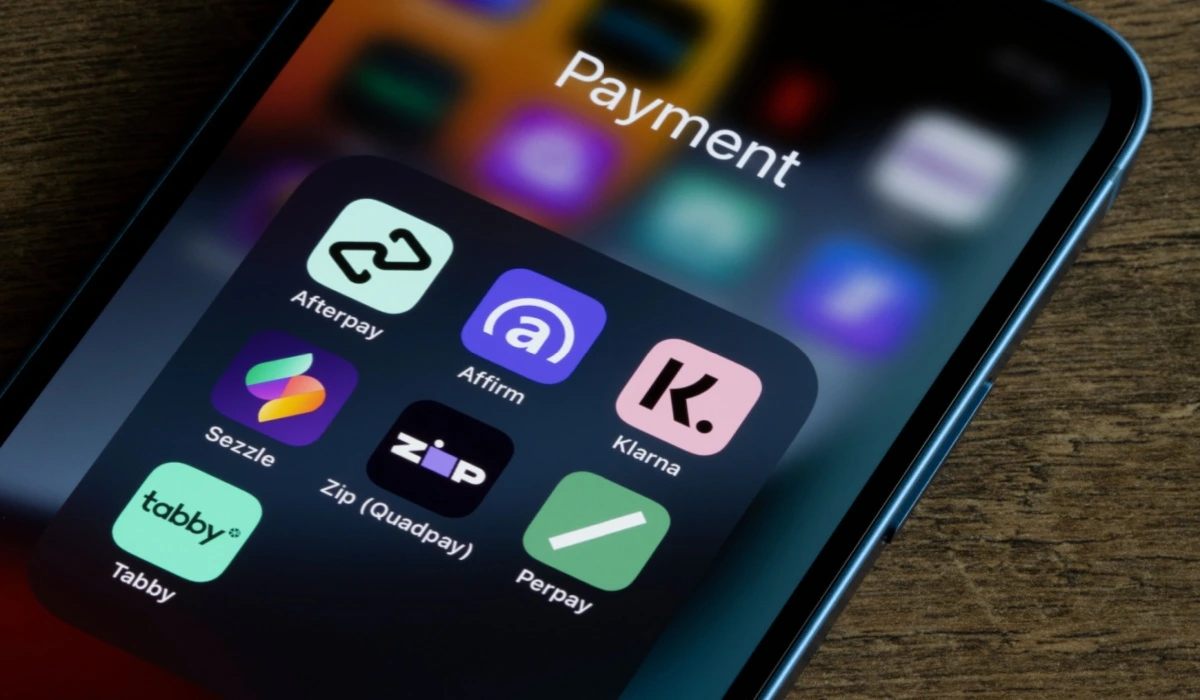
Low CIBIL Score Loan Apps List: Best Apps for Instant Loans with Bad Credit for 2025
January 31, 2025
54628+ views

Instant ₹5000 Loan: Easy Application Procedure
January 31, 2025
32323+ views

30 Days Loan Apps: Quick Cash Solutions with Flexible Repayment At Lowest Rates for 2025
January 31, 2025
22859+ views
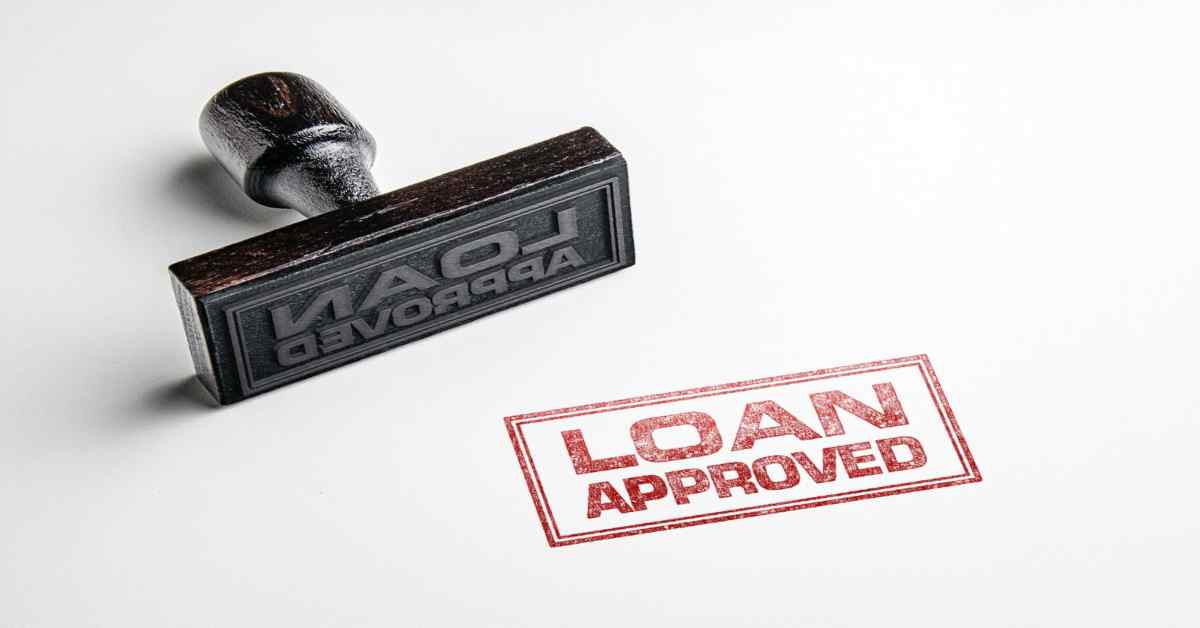
January 15, 2025
21982+ views
Recent blogs in
How to Get a ₹50,000 Loan Without a Salary Slip: Fast Approval and Easy Documentation Process
January 31, 2025 by Nivriti Saha
₹50,000 Personal Loan on PAN Card: Instant Approval, and Quick Disbursement in 2025
January 31, 2025 by Suju
Instant ₹5000 Loan: Easy Application Procedure
January 31, 2025 by Manu Mausam
Urgent Rs. 10,000 Loan: Fast Approval and Easy Process 2025
January 31, 2025 by Manu Mausam




Join the conversation!